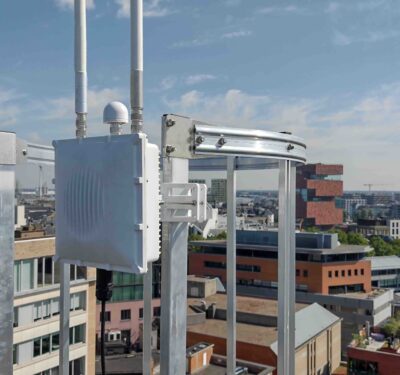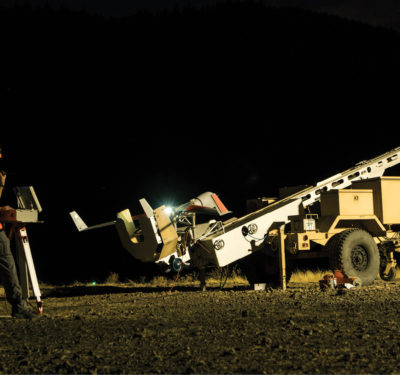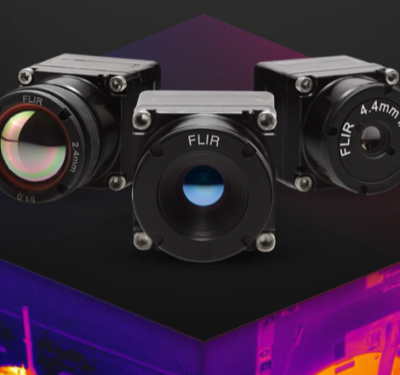
Vanilla Aircraft’s VA001 unmanned aerial system recently completed a 56-hour flight without stopping or refueling—a new record.
Originally, the UAS was supposed to fly a 120-hour mission, but forecasted icing and range restrictions cut the flight short, according to a news release. Even so, the drone landed with enough JP-8 fuel on board for another 90 hours of flight time.
The flight was submitted for a world duration record for combustion-powered unmanned aerial vehicles (UAVs) in the 50-500 kg subclass (Fédération Aéronautique Internationale Class U-1.c Group 1). A representative from the National Aeronautic Association was on hand to witness the record.
“This effort represents tremendous and unprecedented coordination among civil, defense, academic, and private industry to bring a heretofore only imagined capability to reality,” Vanilla Aircraft CEO Rear Adm. Timothy Heely (ret.) said, according to the release.
During the record-breaking flight, the drone carried 20 pounds of actual and simulated payload and flew at 6,500 to 7,500 feet above mean seal level. Payload included a NAVAIR-provided relay that was operated throughout the flight to demonstrate functionality out to the maximum range. A NASA-provided multispectral imaging payload was also on board to demonstrate Earth science and agricultural remote sensing.
The flight began and ended at Las Cruces International Airport and was conducted under the authority of the New Mexico State University UAS test site. It was supported by the technology innovation investments of the Department of Defense’s Rapid Reaction Technology Office (RRTO) and DARPA-funded efforts through Naval Air System Command (NAVAIR 4.11 – Patuxent River).
The team at Vanilla Aircraft sees this long-endurance UAS being used for a variety of commercial applications and is looking for opportunities to expand into the commercial market.
“The VA001 would be a cost-effective option for widespread and regular low-level surveying,” co-founder and program manager Jeremy Novara said, according to the release. “We could fill a wide cost and payload-capability market gap between small electric and large military unmanned aircraft, which is perfect for many commercial applications.”






